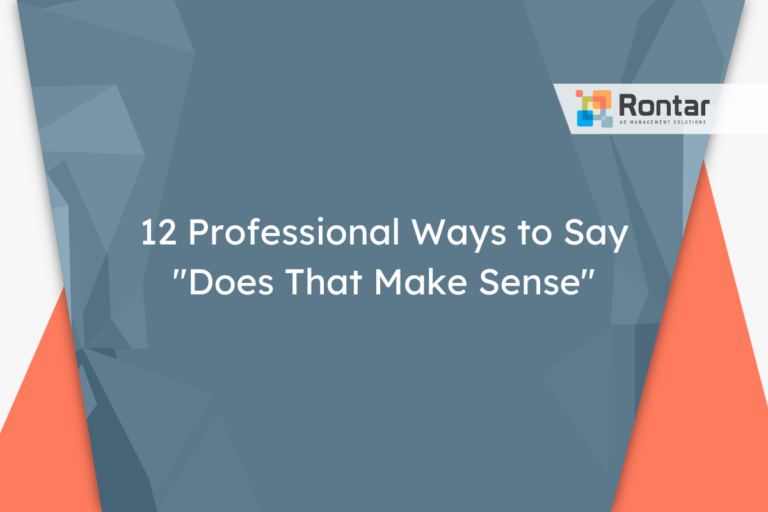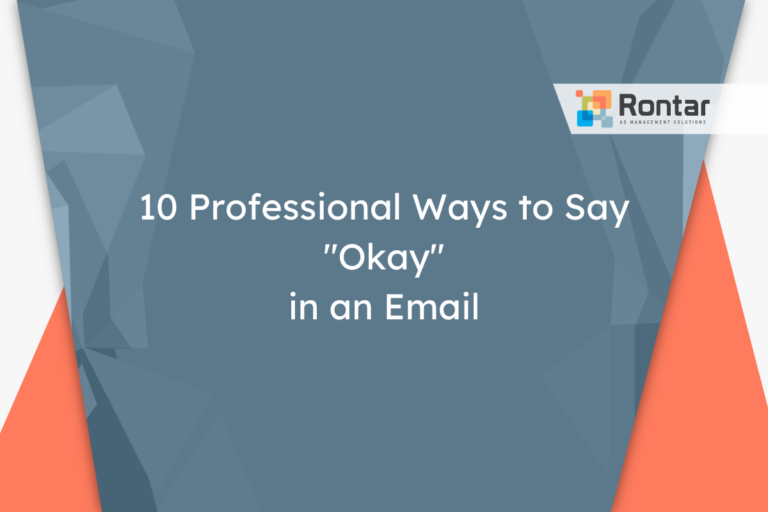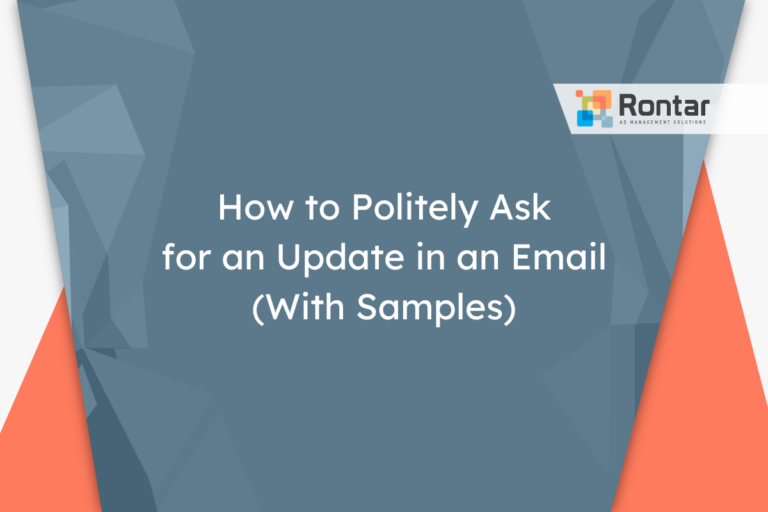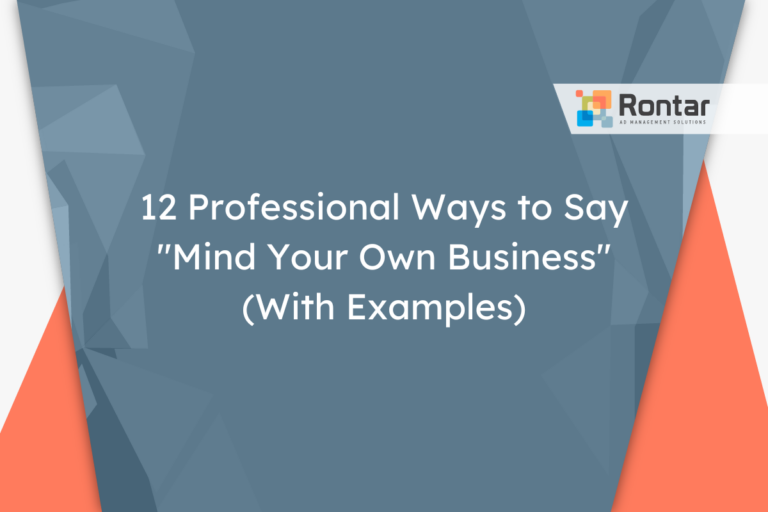12 Professional Ways to Say “I Will Look Into It” in an Email
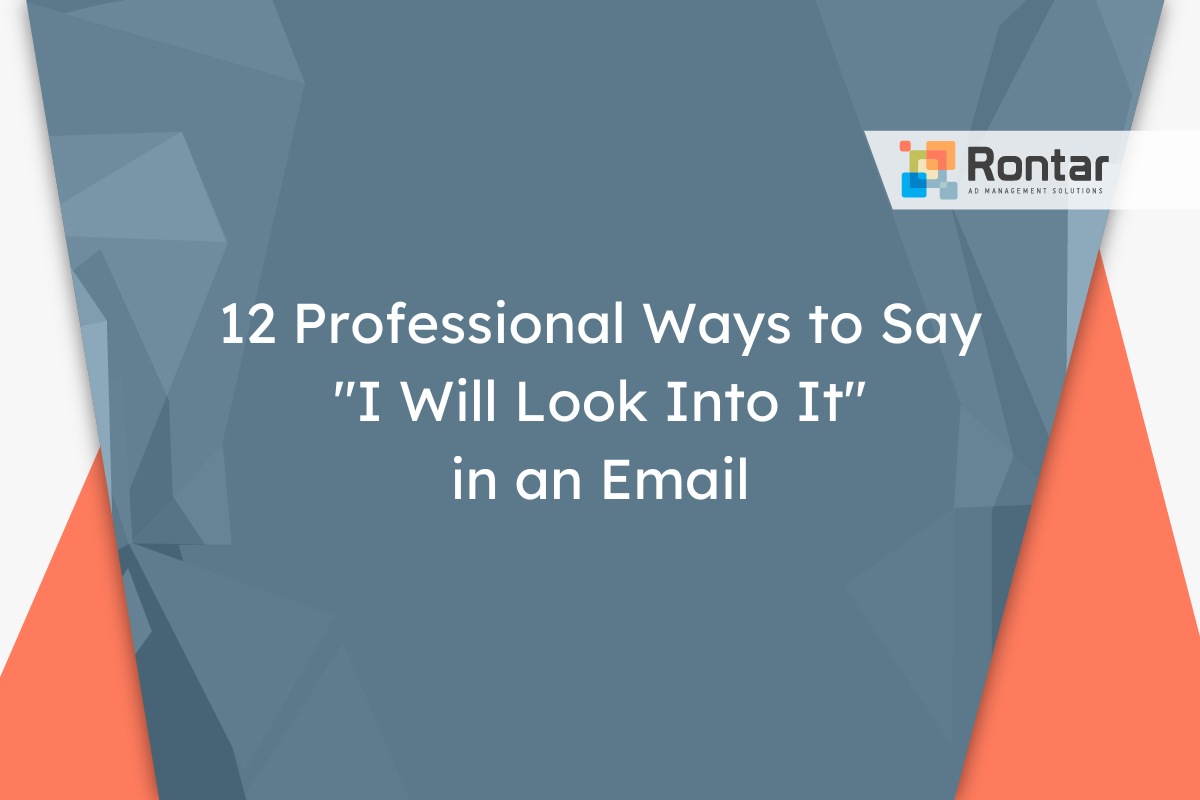
When responding to emails at work, it’s important to use phrases that show you’re taking action. Saying “I will look into it” is a common way to do this, but using the same phrase over and over can get boring.
In this article, we introduce 12 different ways to say “I will look into it” that keep your emails fresh and professional. Each alternative comes with explanations on when and how to use them effectively, ensuring you communicate clearly and politely.
Is It Professional to Say “I Will Look Into It”?
The phrase “I will look into it” is considered to be professional, formal, and polite. It’s a handy way to acknowledge that you’ve received someone’s request or question and that you’re going to take the time to figure out the answer or find a solution. However, it’s best used when you genuinely intend to investigate the matter and provide a follow-up.
This phrase fits well in scenarios where you need more information, time, or resources to provide an accurate response. It’s perfect for situations where you’re unsure of the answer but want to reassure the other person that you’re on top of it.
Example:
Hi Emily, Thank you for reaching out to us regarding our refund policy. I understand why you would need clarity on this matter. I will look into it and get back to you as soon as possible with all the necessary details. Best Regards, Michael Thompson Customer Service Representative
Pros:
- Shows willingness to help and take action.
- Demonstrates professionalism and a commitment to follow through.
- Keeps the conversation open and anticipates further communication.
Cons:
- May seem vague if not followed up with action or a specific timeframe.
- Could be interpreted as non-committal if overused.
- Requires the sender to remember to provide an update later.
While “I will look into it” is a useful phrase, there are times when someone might want to use an alternative. This could be to add variety to their communication, to match a different communication style, or to provide more specific information upfront.
In choosing synonyms or alternatives, consider your relationship with the recipient, the context of your communication, and what you aim to achieve. By doing so, you ensure your email remains professional, clear, and tailored to the situation.
12 Other Ways to Say “I Will Look Into It” in an Email
Looking for a different way to express that you’re addressing a concern or query? Here are 12 professional synonyms for “I will look into it.”
- I’ll take a look
- Leave it with me
- Let me see what I can do
- I’ll see if there’s anything I can do
- I will get on top of it
- I’ll do what I can
- Let me handle it
- I’ll let you know what I learn
- Let me look into it
- Bear with me while I look into it
- I’ll see what I can find out
- I’m on it
1. I’ll take a look
This phrase is a more informal version of “I will look into it.” It’s a quick and effortless way to show you’re willing to investigate the matter further. This alternative is great when the situation isn’t urgent or when you’re communicating with someone you know well.
We recommend using this in internal emails or when replying to a colleague you’re familiar with. It shows you’re approachable and ready to address their concern without making the conversation too formal.
Example:
Hi Terry, Thanks for bringing this to my attention. I'll take a look and get back to you by end of the day with what I find. Best, Alex Reed
2. Leave it with me
“Leave it with me” is a more personal and reassuring alternative. It tells the recipient that you’re taking responsibility for the issue. This phrase is perfect for conveying trust and accountability in handling the request.
It’s suited for instances where you want to assure someone that they can count on you. This might be during critical situations or when dealing with a sensitive matter where a follow-up is essential.
Example:
Hi Sarah, I understand the urgency of this matter. Leave it with me and I'll ensure a resolution is found by tomorrow morning. Kind regards, John Armstrong
3. Let me see what I can do
This alternative is both polite and professional. It’s helpful when you’re not immediately sure of the solution but are willing to explore possible actions. It suggests a proactive attitude without promising a specific outcome.
Choose this expression when dealing with inquiries where the answer or solution isn’t straightforward. It’s particularly effective in customer service situations or when you’re seeking a compromise.
Email example:
Hello Jenna, Thank you for your query. Let me see what I can do for you and I'll circle back as soon as I have more information. Warmly, Ethan Clarke
4. I’ll see if there’s anything I can do
This phrase is a more cautious approach, implying that while you’re willing to help, there might be limitations. It’s both polite and professional, used when you want to manage expectations.
This synonym is best in situations where the outcome is uncertain, and you want to communicate that you’ll attempt to help without making guarantees.
Example:
Hi Marcus, I received your request for an extension. I'll see if there's anything I can do, and I'll let you know as soon as possible. Best wishes, Nadia Singh
5. I will get on top of it
“I will get on top of it” conveys urgency and determination. It’s a professional alternative that shows you’re taking immediate action. This phrase is especially useful when addressing concerns that require swift attention.
We recommend using it in high-priority emails or in situations where the sender has expressed significant concern. It reassures the recipient that their issue is being treated as a priority.
Email sample:
Hi Luke, Thank you for notifying us about the issue. I will get on top of it right away and keep you updated on our progress. Regards, Hannah Martinez
6. I’ll do what I can
This phrase suggests willingness without overpromising. It’s polite and professional, ideal for when you’re unsure of the outcome but are eager to try. It’s a great alternative when you want to be helpful but need to set realistic expectations.
Use it when you’re facing a complex request or problem and you need time to evaluate the possibilities before committing to a solution.
Example:
Hi Derek, Thank you for reaching out. I'll do what I can to assist you and I'll follow up once I have more information. Cheers, Olivia Foster
7. Let me handle it
This alternative is professional and suggests confidence in taking charge of the situation. It’s particularly impactful when you want to show leadership or ownership over resolving the issue.
Opt for this choice when you’re in a position of authority or have the expertise to deal directly with the matter at hand. It’s also suitable when you want to alleviate the burden from the requester.
Example:
Hi Fiona, I've noted the conflict with the conference room booking. Let me handle it and I'll ensure everything is sorted out. Kind regards, George Kim
8. I’ll let you know what I learn
This expression is professional and informative. It implies that you’re not only going to look into the matter but also commit to sharing your findings. It’s a great way to establish ongoing communication.
It’s most effective in scenarios where the request involves gathering information or when the outcome will be shared with a broader team or group.
Example:
Hello Amber, I appreciate your interest in our new product. I'll let you know what I learn as soon as the final details are confirmed. Best, Carlos Stevenson
9. Let me look into it
This is a direct synonym to the original but feels slightly more personal. It’s an expression of willingness to investigate that’s both professional and polite. This alternative is effective across a wide range of emails, whether formal or informal.
It works well in any situation where “I will look into it” would be appropriate, offering a slight variation to keep your messages fresh and engaging.
Email example:
Hi Nicole, Your request for historical sales data has been received. Let me look into it and I will get back to you with the information by next week. Sincerely, James Patel
10. Bear with me while I look into it
This alternative adds a request for patience, making it more polite and empathetic. It’s perfect when you need a bit more time to deal with a request or find a solution. It signals that you’re taking immediate action but sets realistic expectations about the time required.
It is appropriate for use during busy periods or when dealing with complex issues that require thorough investigation. It reassures the recipient while asking for their understanding.
Example:
Hello Samira, I'm sorry to hear about your missing order. Bear with me while I look into it, and I'll update you as soon as I have more information. Regards, Tom Chen
11. I’ll see what I can find out
With this phrase, you’re committing to gather information, making it both professional and thorough. It’s slightly more inquisitive, suitable for when you need to dive deeper into a topic or issue.
This is another versatile alternative that works in many settings, particularly when responding to queries that may require some investigation or confirmation from different sources.
Example:
Hi Hassan, Thanks for your question about the extended warranties. I'll see what I can find out and get back to you with the details. Best, Rebecca Moore
12. I’m on it
This is the most direct and confident alternative, conveying immediate action and responsibility. It’s both professional and assertive, best used when you want to quickly reassure someone that you’re handling their request.
We recommend this alternative for situations where time is of the essence or when you want to make a strong impression of competence and reliability. It instantly assures the recipient that their issue is in capable hands.
Example:
Riley, I received your report about the server issue. I'm on it and will update you on the progress. Thanks, Jordan Lee
Final Thoughts
Choosing the right way to say “I will look into it” can make a big difference in professional email communication. The 12 alternatives provided offer a range of tones, from formal to more informal, allowing you to respond appropriately based on the situation and relationship. Making small changes in how you express this thought can help keep your emails interesting and show that you are actively engaging with the message.

